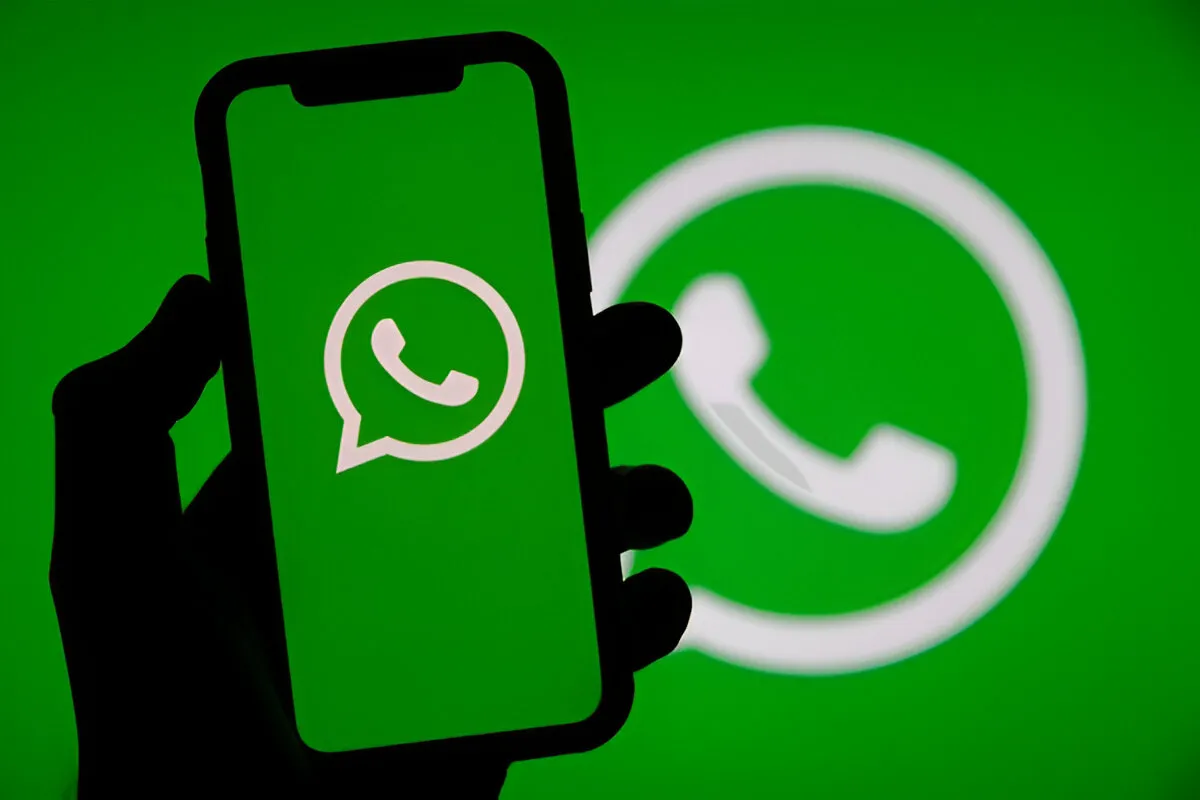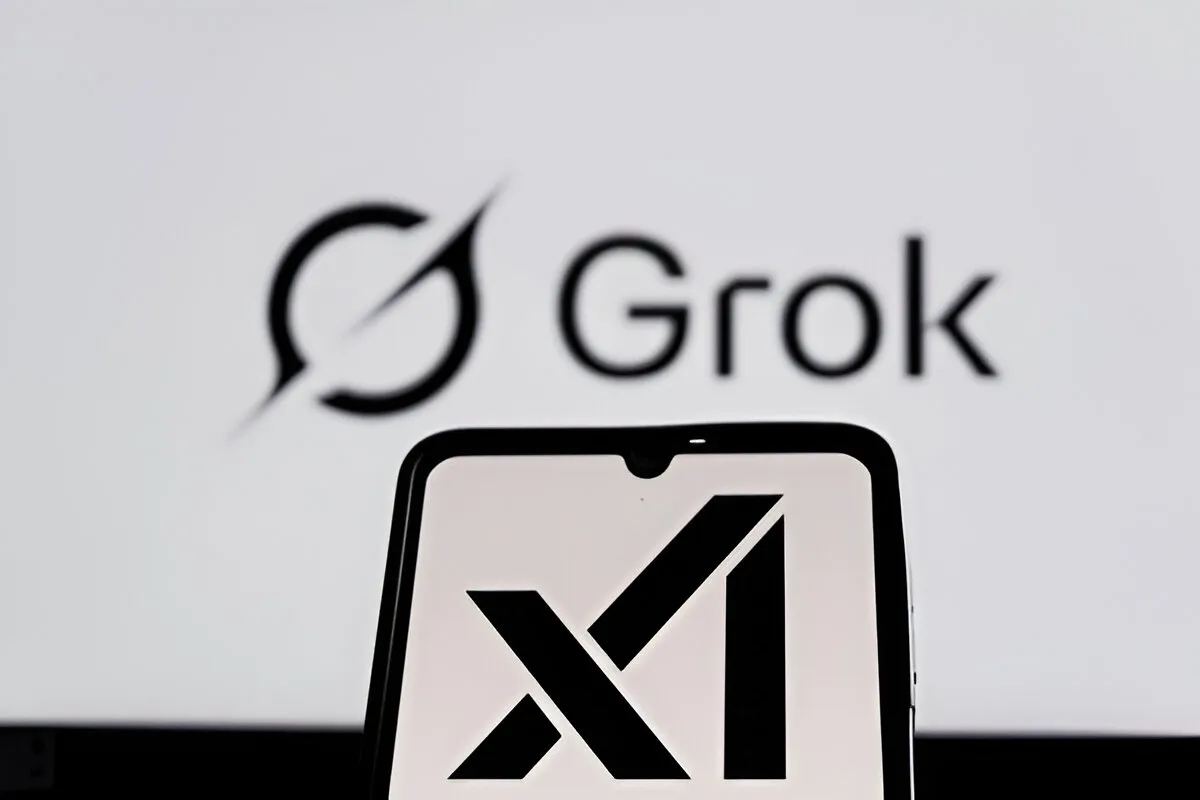
Amazon’s annual shopping extravaganza, Prime Day, has become a much-anticipated event for shoppers worldwide. However, its timing in the middle of summer, specifically in July, may seem somewhat arbitrary to many. This article aims to shed light on why Amazon chose this particular month for its biggest sales event.
Prime Day was first introduced in July 2015 as part of Amazon’s 20th-anniversary celebrations. The company aimed to create an event that would rival Black Friday, offering even more deals than the traditional November shopping spree. The slogan “Step Aside Black Friday – Meet Prime Day” was used in the press release announcing the sale, highlighting Amazon’s ambition to redefine the retail calendar.
The decision to hold Prime Day in July was strategic. Traditionally, summer months are slow for retail businesses, and Amazon saw an opportunity to boost sales during this period. Furthermore, it served as a way to kickstart the back-to-school and college shopping season, according to JPMorgan analyst Doug Anmuth.
The inaugural Prime Day was a resounding success, with Amazon recording $900 million in sales, according to Coresight Research. Encouraged by these results, Amazon decided to continue the event annually, expanding the number of deals offered. By the second year, sales had soared to an estimated $1.5 billion.
Over the years, Prime Day has evolved and expanded. It now spans two days and is predicted to generate around $12 billion in revenue, marking a 12% increase from the previous year, as per Bank of America’s estimates. Despite these impressive figures, analysts note that Prime Day accounts for only 1% to 2% of Amazon’s annual sales.
However, the significance of Prime Day extends beyond mere sales figures. It serves as a tool for Amazon to foster loyalty among existing Prime subscribers and attract new members to its $139 annual free-shipping program. Most of the deals offered on Prime Day are exclusive to Prime members, further incentivizing membership.
This year’s Prime Day will also be the first to utilize Amazon’s revamped delivery network. Traditionally, Amazon operated one national delivery network, shipping orders from warehouses across the country. However, the company has now created eight regions in smaller geographic areas, designed to ship products over shorter distances. This change could impact the products customers see when they search on Amazon’s website, with items closer to customers appearing higher in search results.
Despite its success, Amazon faces increasing competition during Prime Day from other retailers like Target, Walmart, and Best Buy, who have started offering coinciding sales. Nevertheless, Prime Day continues to be a significant event in Amazon’s calendar, demonstrating the company’s innovative approach to boosting sales and customer engagement.












